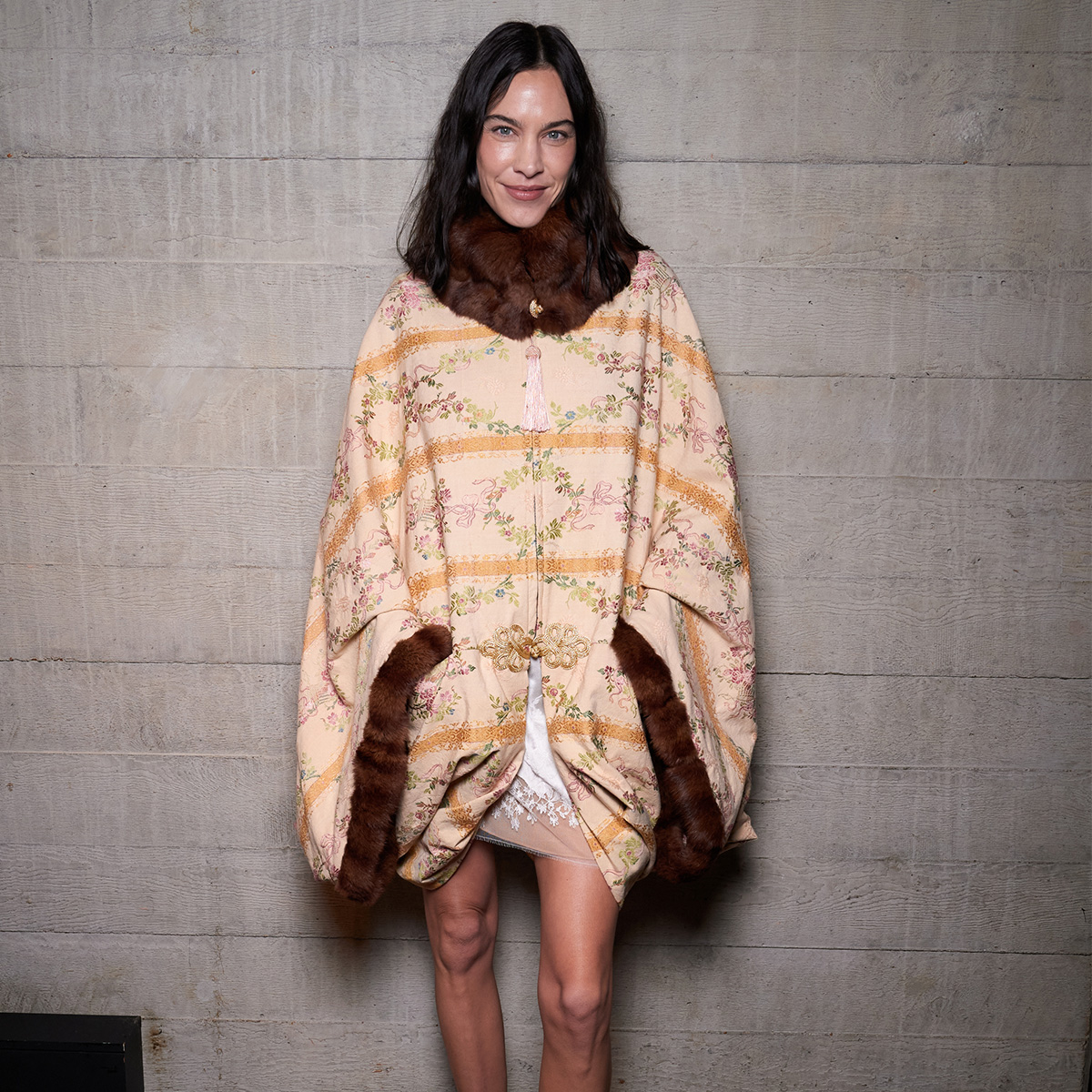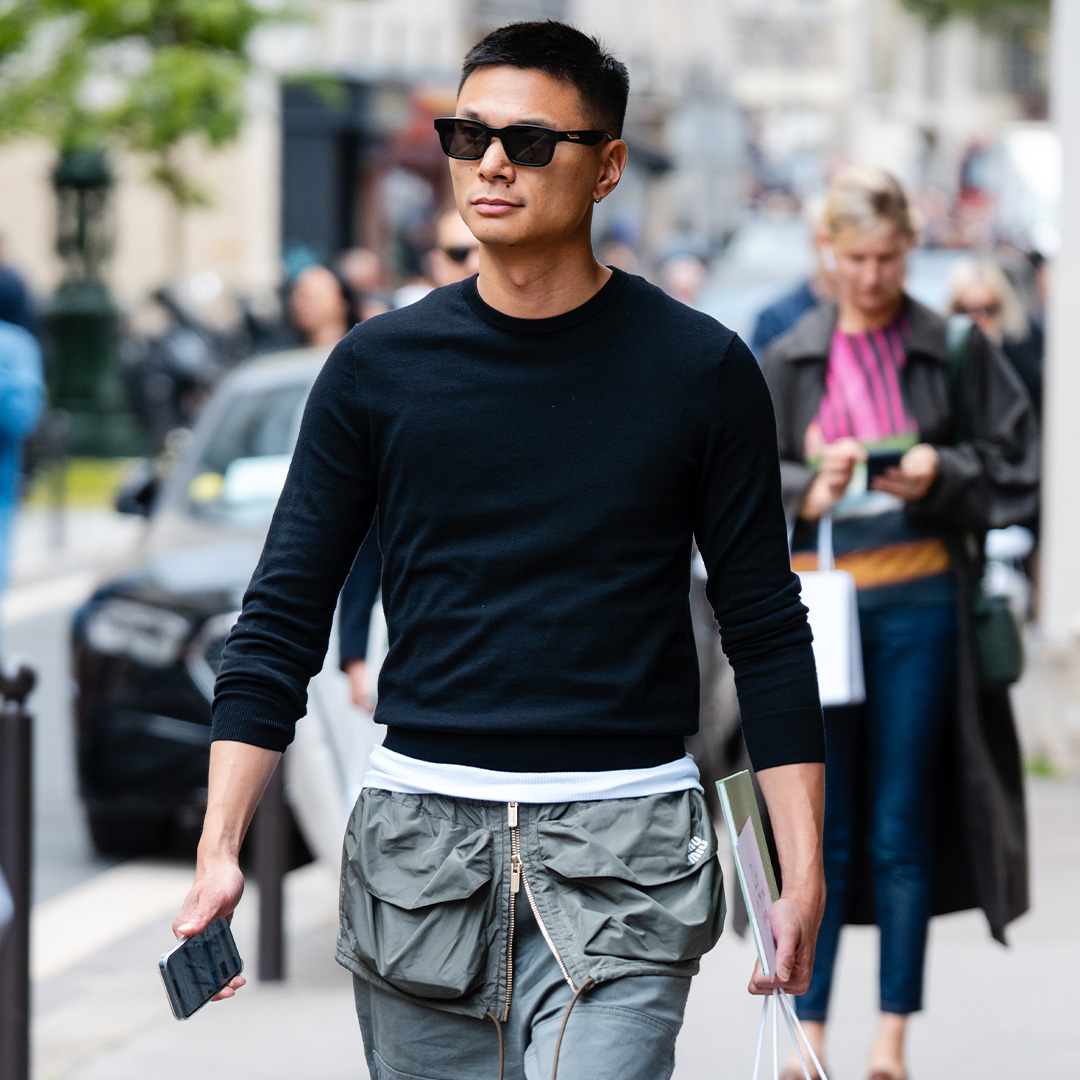The Priscilla Costume Designer Shares How She Re-Created Those Iconic Looks
Sponsor Content Created With Tibi, Maison Margiela, Dries Van Noten
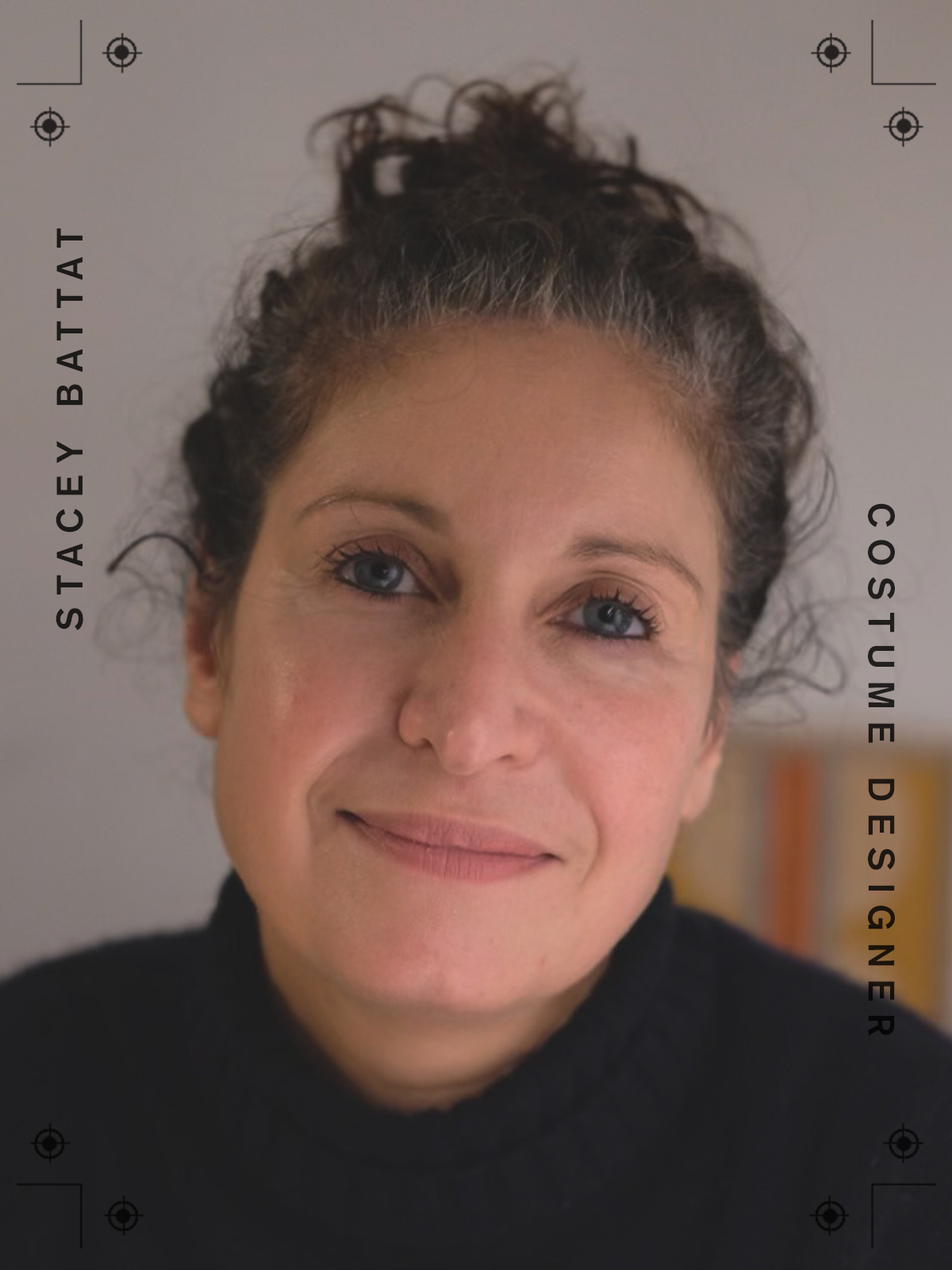
Welcome to our podcast, Who What Wear With Hillary Kerr. Think of it as your direct line to the designers, stylists, beauty experts, editors, and tastemakers who are shaping the fashion-and-beauty world. Subscribe to Who What Wear With Hillary Kerr on Apple Podcasts and Spotify.
Costume designer Stacey Battat knows that every project always starts with a mood board. Her latest is no exception.
Battat worked with longtime collaborator Sofia Coppola on her recently released film, Priscilla, in which Battat used fashion to help tell the story of Priscilla Presley.
"She [Coppola] usually puts together some sort of mood board,” Battat said. "From there, I think I put together my own mood boards, or we start to talk about colors—because a lot of the colors in that movie are based on what were the actual colors of the ’60s—and then how to integrate our color palette with those things.”
Battat and Coppola have worked together for years, including on projects such as The Bling Ring and The Beguiled.
For the latest episode of Who What Wear With Hillary Kerr, Battat shares a behind-the-scenes look at what it was like designing those iconic Elvis and Priscilla Presley looks, what her ideation process is like, and so much more.
For excerpts from their conversation, scroll below.
I know that this isn't the first time that you've worked with director Sofia Coppola. I'm wondering if you can talk a little bit about how she initially approached you with this concept and if that's different from how you've worked together in the past?
Originally, there was another project that was kind of on the horizon. Then it started domino-effecting post-pandemic.
At some point, she said, "I think I'm going to put it aside.” I'd been working on the Priscilla project, and then she sent the script, and I read it, which is normally the way we do things.
She [Coppola] usually puts together some sort of mood board. From there, I think I put together my own mood boards, or we start to talk about colors—because a lot of the colors in that movie are based on what they actually wore, what were the actual colors of the ’60s—and then how to integrate our color palette with those things.
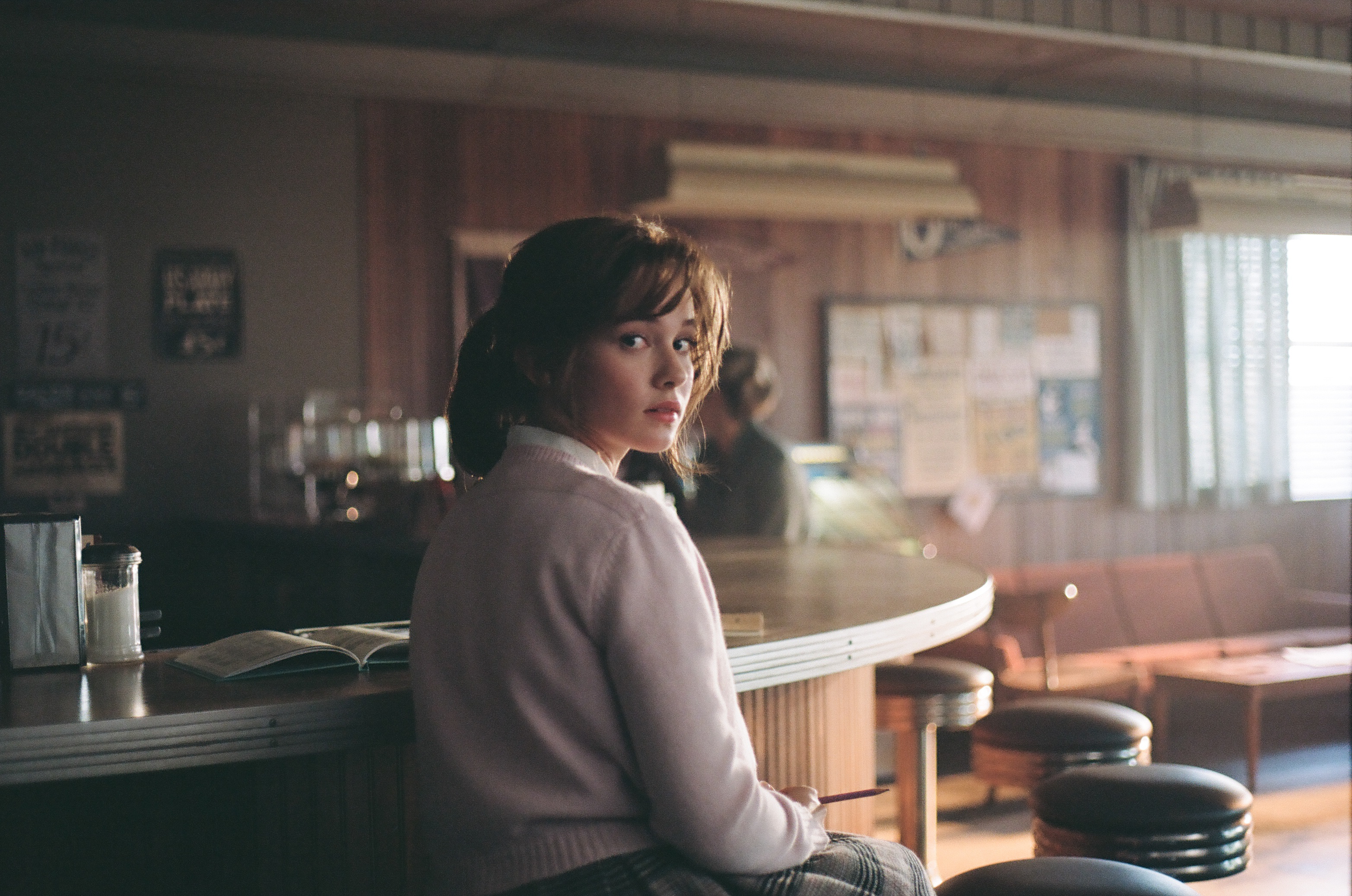
When you think about a mood board, are you focusing on era? Are you looking at the entirety of it? What does that look like?
All of it. I think first, colors are important. From there with Priscilla, there's also some other aspects. We're also trying to create a transitional wardrobe for her that ages her to a certain extent.
Then there's the period-appropriate aspect. With Priscilla, I think it was just super important to just have her in younger-looking silhouettes in the '50s—and some of that is adapted.
There's photos of her in a dress with big buttons, but it has kind of a slimmer skirt, and we made the skirt bigger so that it kept within that childish silhouette of the early part.
As we move through, there's kind of slimmer silhouettes, then '60s shifts, and then when she's really kind of finding herself, more pants.
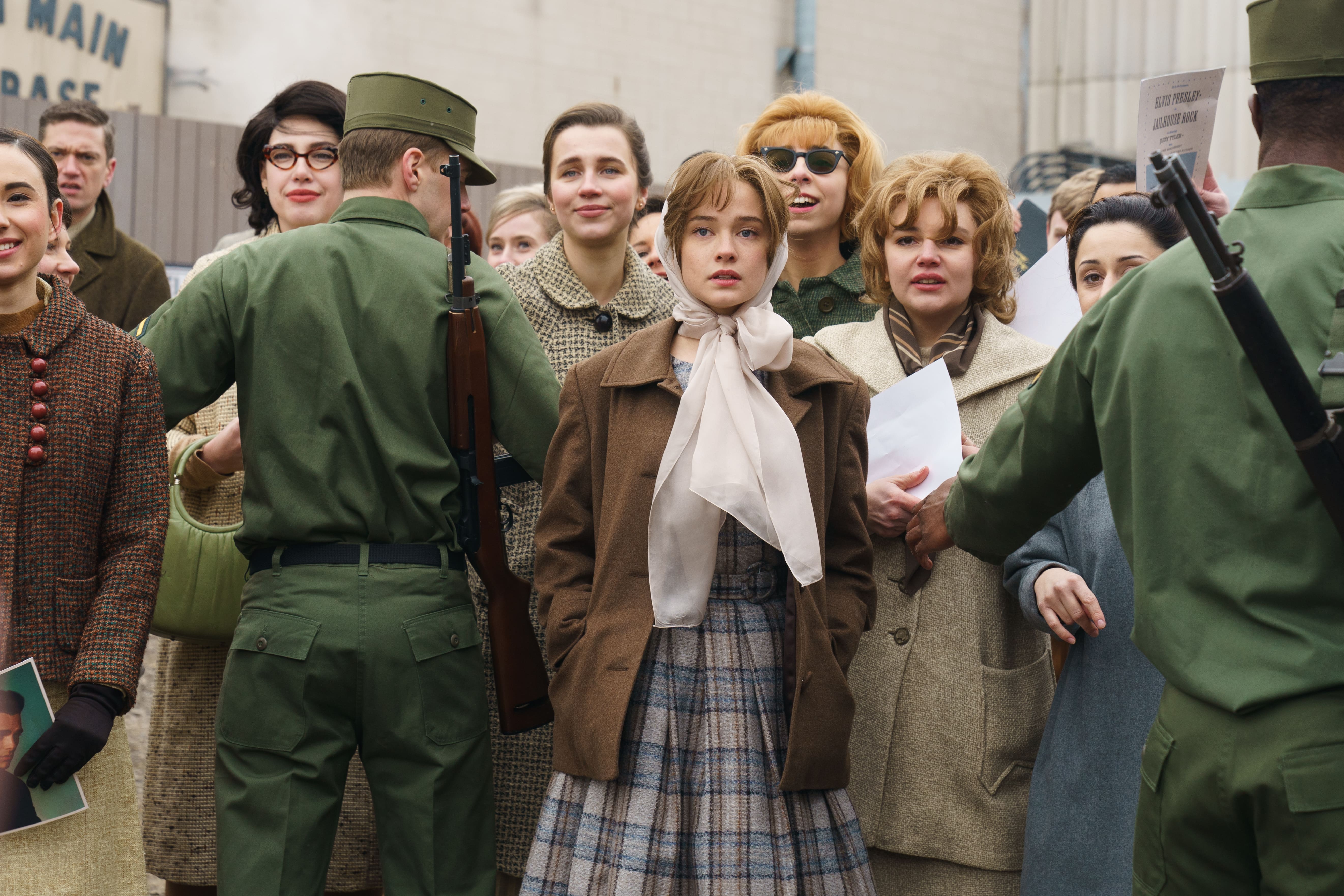

As you mentioned, you did so much work looking at archives, looking at what has been worn. I'm wondering about how that collaboration between you and Sofia [Coppola] worked? Are there parts of the stories that had to be tweaked to show some of those moments? Or is it that the big plot points coincide with some of these iconic fashion moments organically?
They are a big part of the story, I would say, and were never added in to show them.
I feel like when he [Elvis Presley] leaves Germany in our story, it's the very first time she's seeing him as a public figure.
I mean, obviously, she knows he's a public figure, but their relationship up until that point is very intimate.
Then she waves goodbye, and it's like, now all of a sudden, he belongs to the world again. That, I think, was a very important story part.
Obviously, the wedding is important. The baby is important.
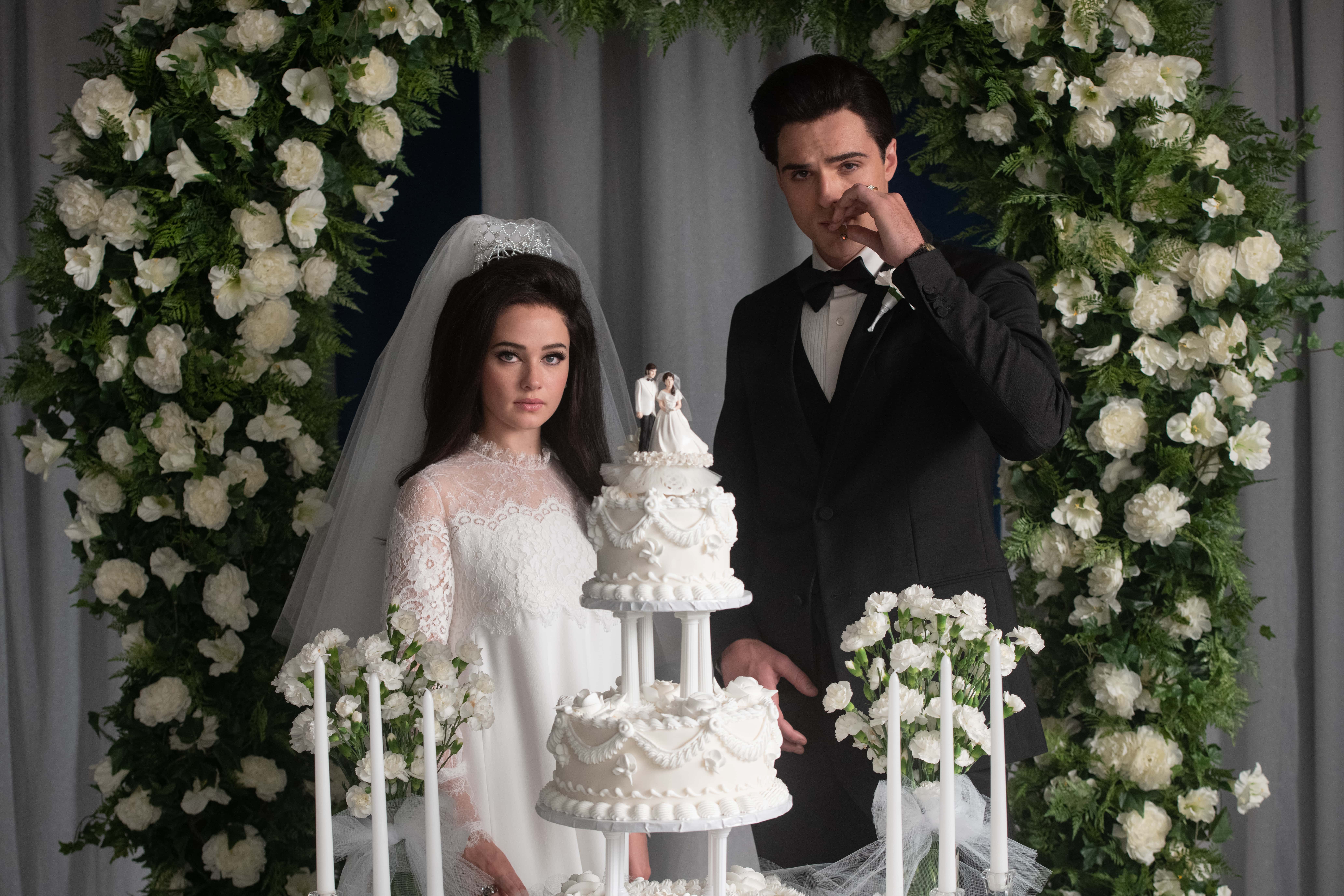
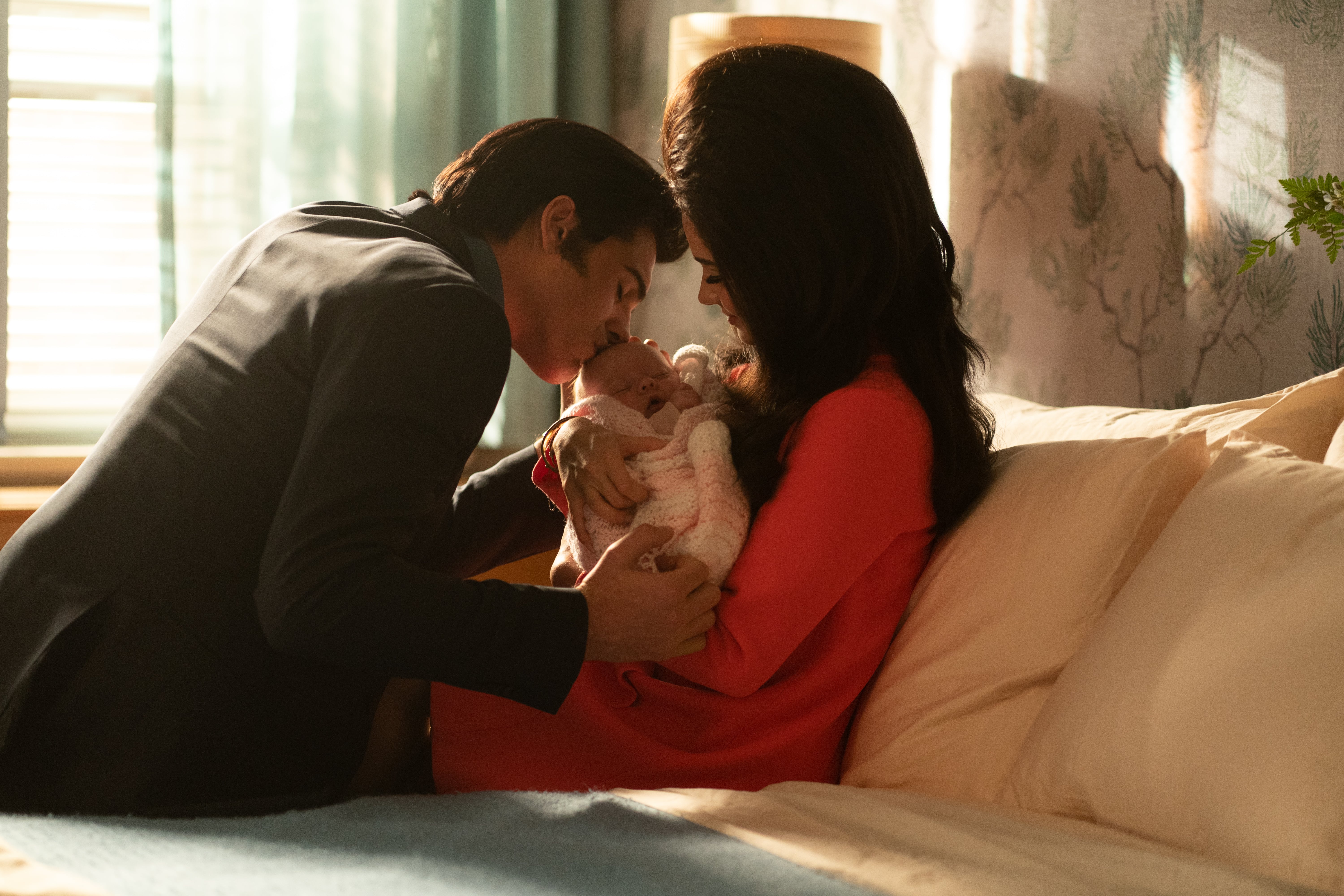
The last one, that family portrait, I think is so important, because to me, that photo was really indicative of how they grew apart.
He becomes so much more elaborate with the sideburns and the jewelry. She becomes so much more pared down with less makeup and a more natural silhouette and the hair and all of it.
To me, I saw that photo, and I thought, that's a visual understanding of how they split apart.

This interview has been edited and condensed for clarity. Next, check out our interview with Nikki Ogunnaike.
-
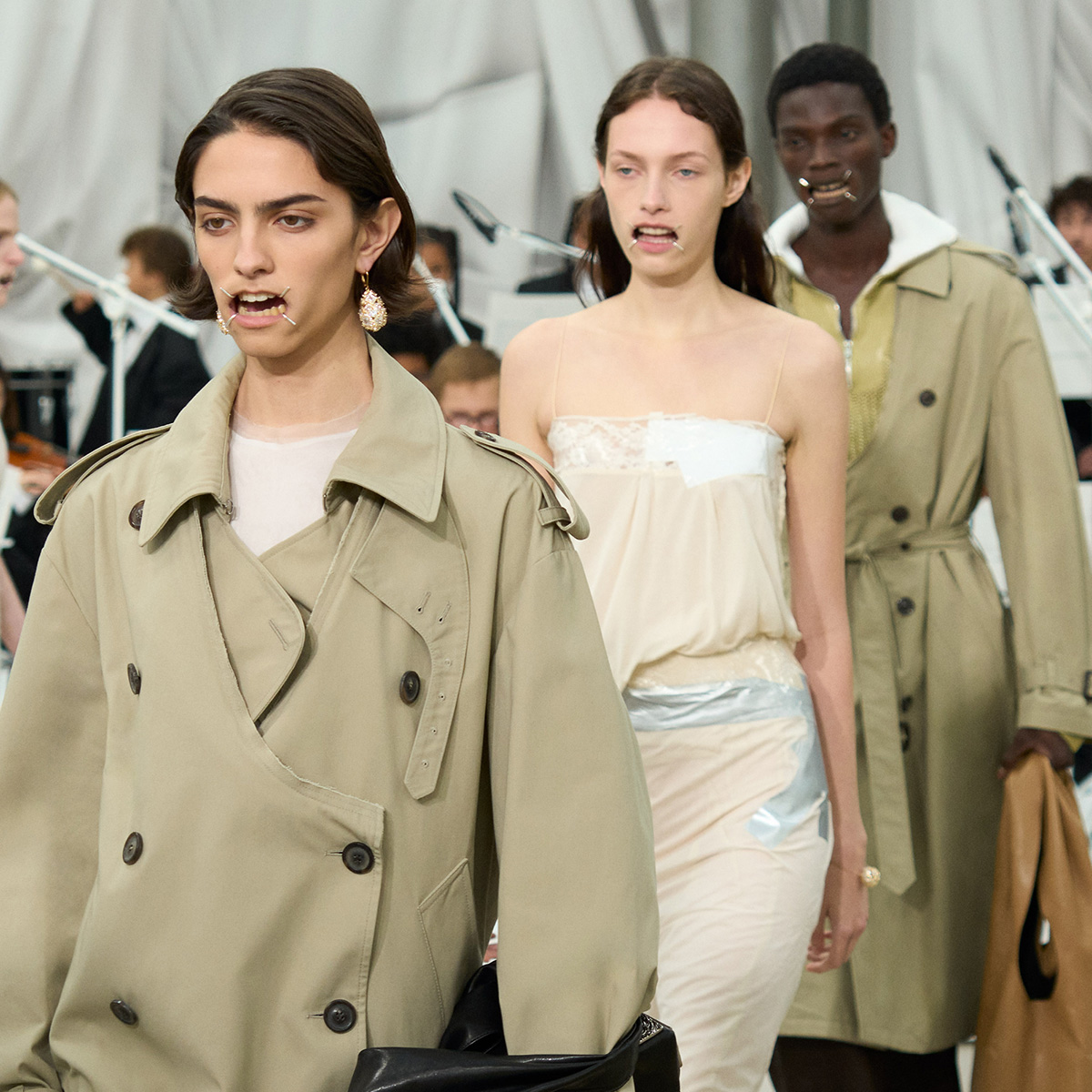 From Subdued to Overstimulated: Glenn Martens Makes His RTW Debut at Margiela
From Subdued to Overstimulated: Glenn Martens Makes His RTW Debut at MargielaWith Kim Kardashian and Kylie Jenner in the front row.
-
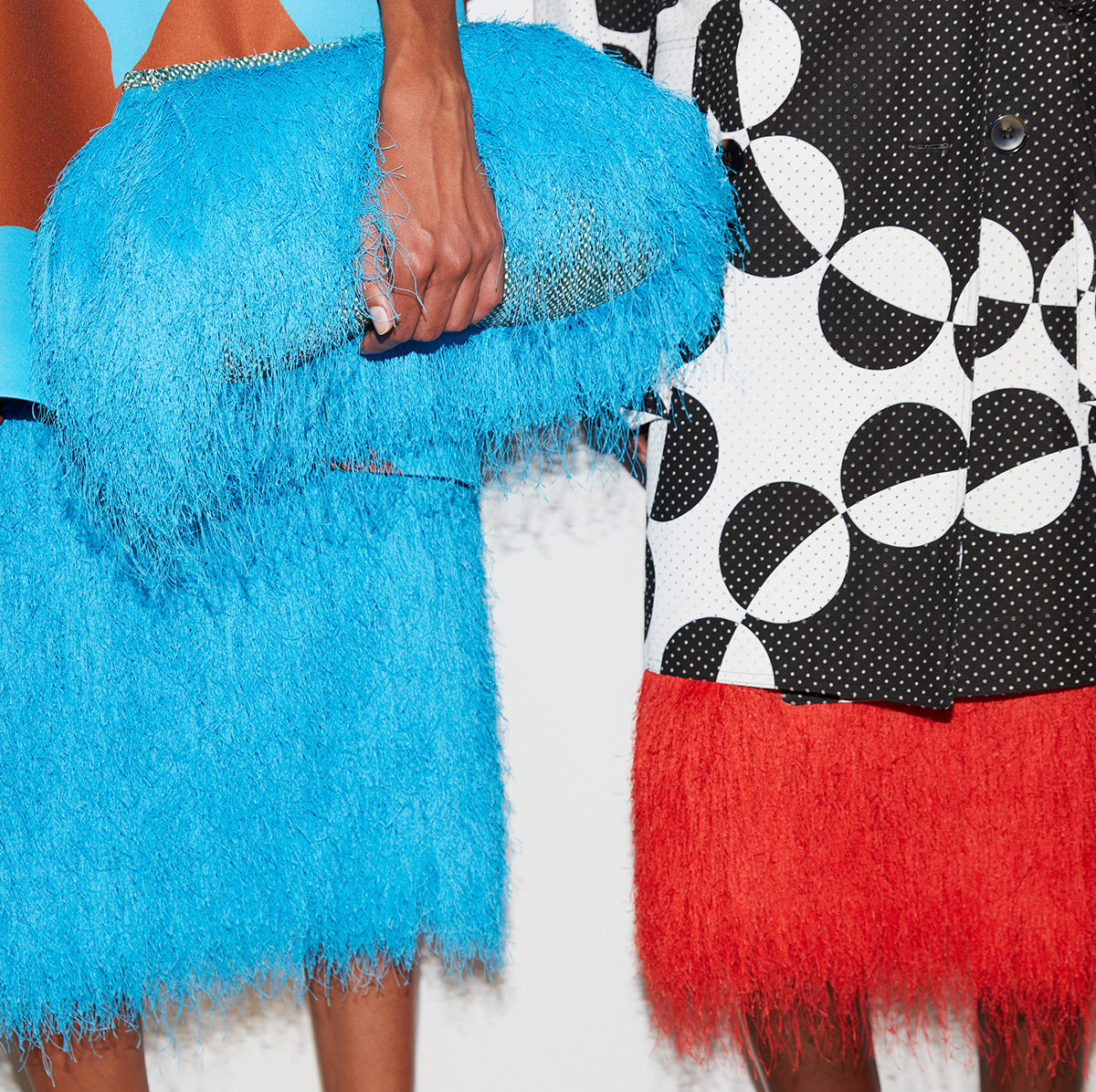 Spring 2026's It Sneakers Just Debuted in Paris at Dries Van Noten
Spring 2026's It Sneakers Just Debuted in Paris at Dries Van NotenI know a future sellout when I see one.
-
 Rihanna Just Wore 2025's "Weird" It Flats With Pajama Pants on the Streets of L.A.
Rihanna Just Wore 2025's "Weird" It Flats With Pajama Pants on the Streets of L.A.I've lost count of how many celebrities own these.
-
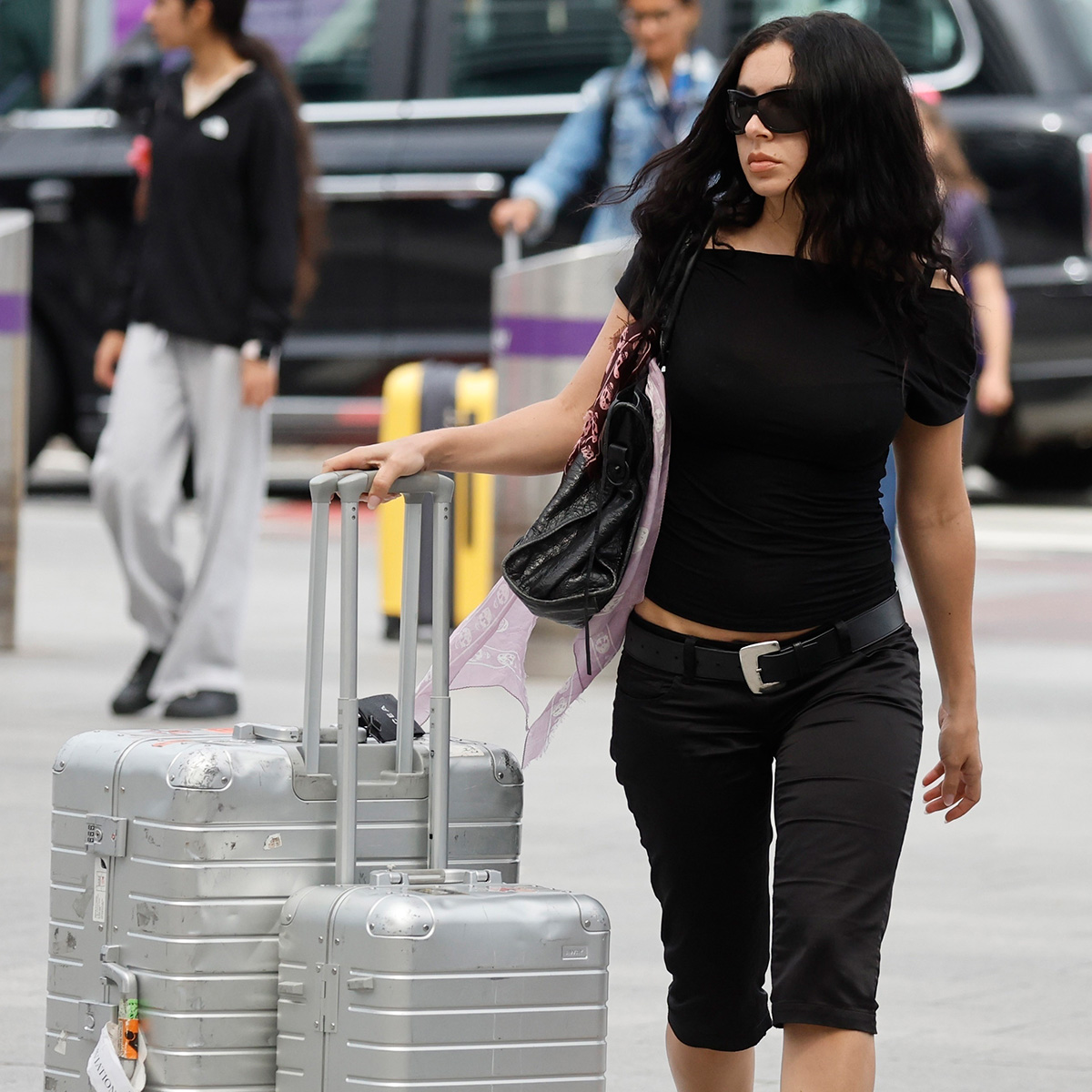 Aluminum Luggage, Pedal Pushers, and This Controversial Flat-Shoe Trend: Meet Fashion's Unofficial Travel Uniform
Aluminum Luggage, Pedal Pushers, and This Controversial Flat-Shoe Trend: Meet Fashion's Unofficial Travel UniformAirport style just got much chicer.
-
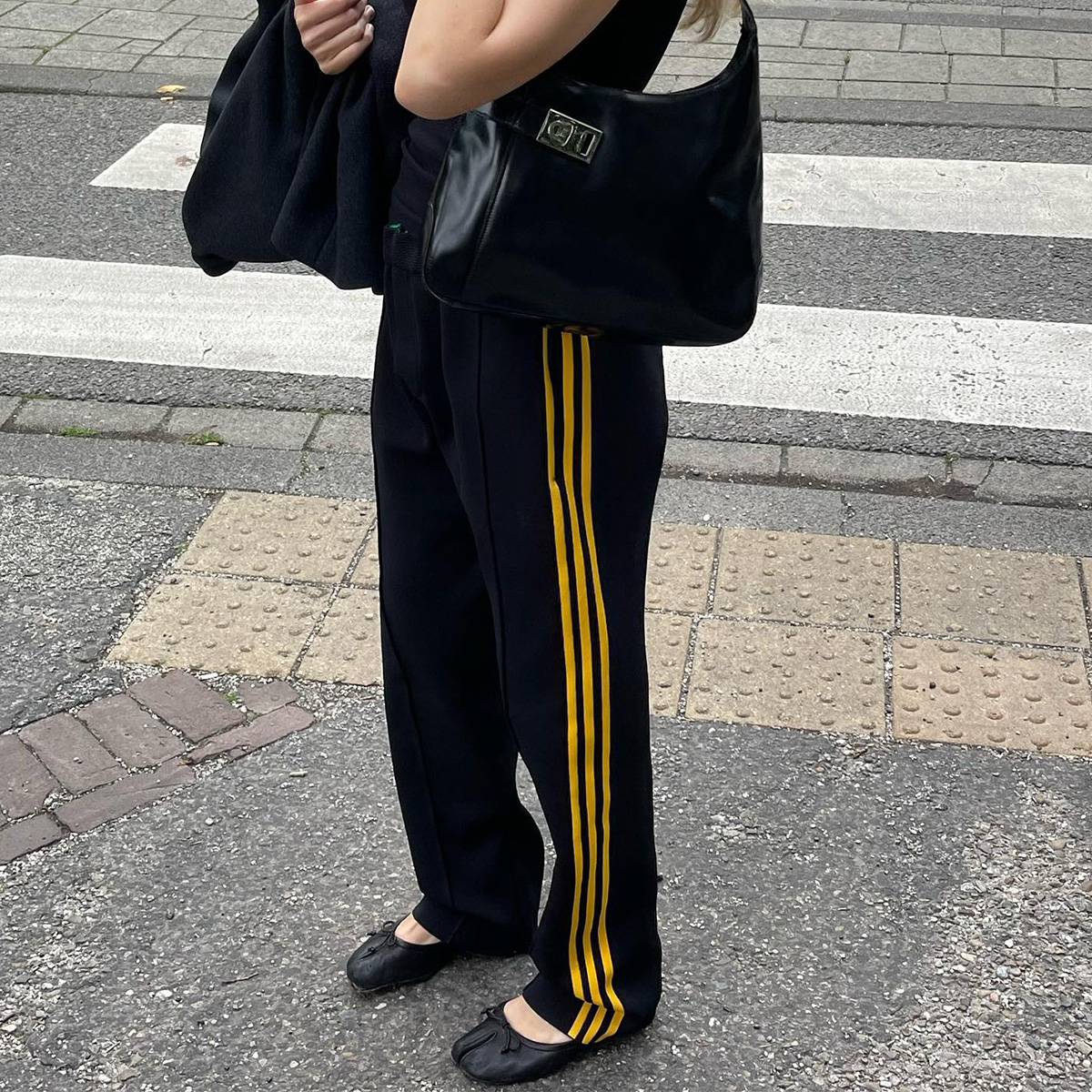 I Finally Gave In to Cult-Favorite Tabis—30 Pairs I Love
I Finally Gave In to Cult-Favorite Tabis—30 Pairs I LoveLove them or hate them, Tabis aren't going anywhere.
-
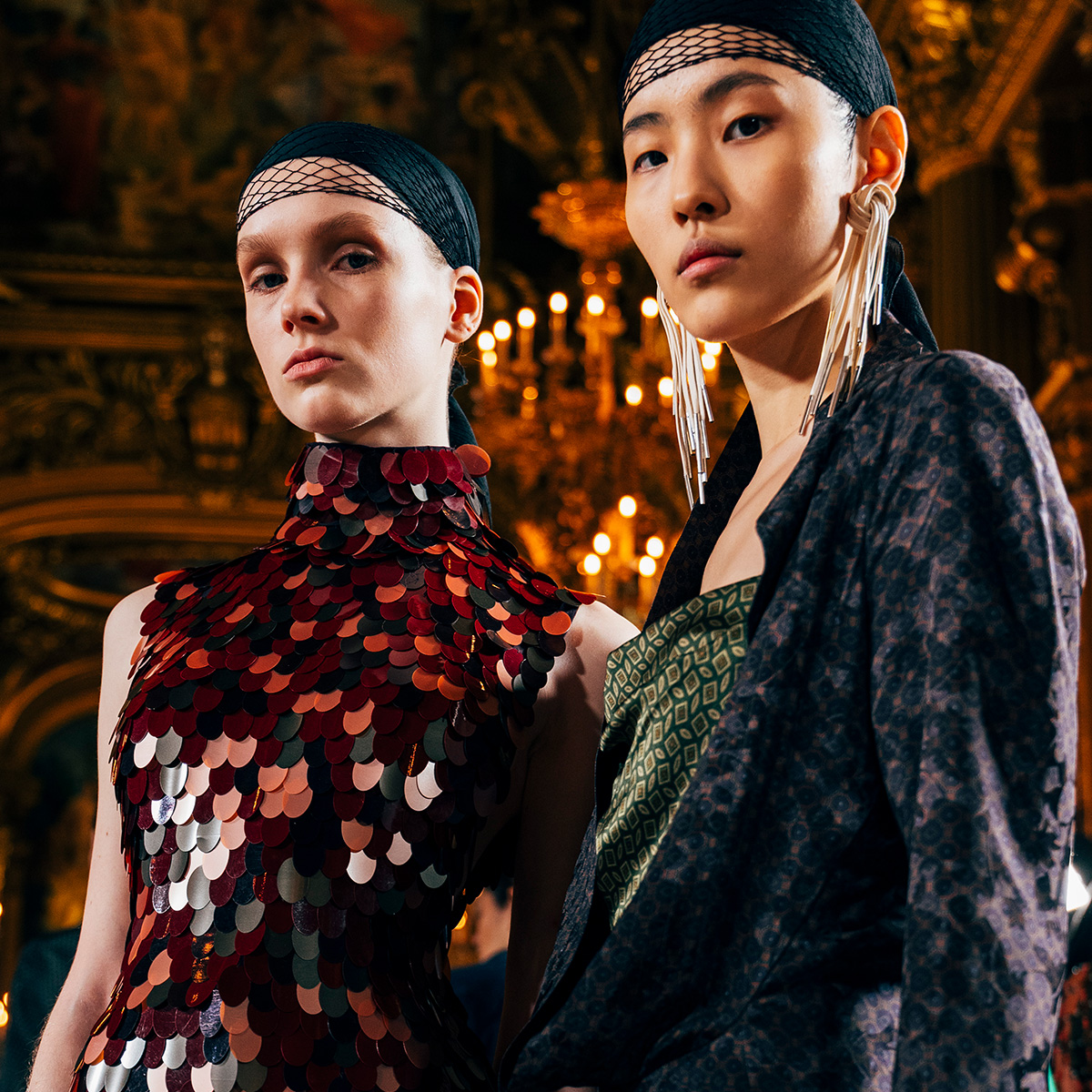 Julian Klausner's Dries Van Noten Is Everything We Collectively Hoped It Would Be (and Then Some)
Julian Klausner's Dries Van Noten Is Everything We Collectively Hoped It Would Be (and Then Some)A stunning debut.
-
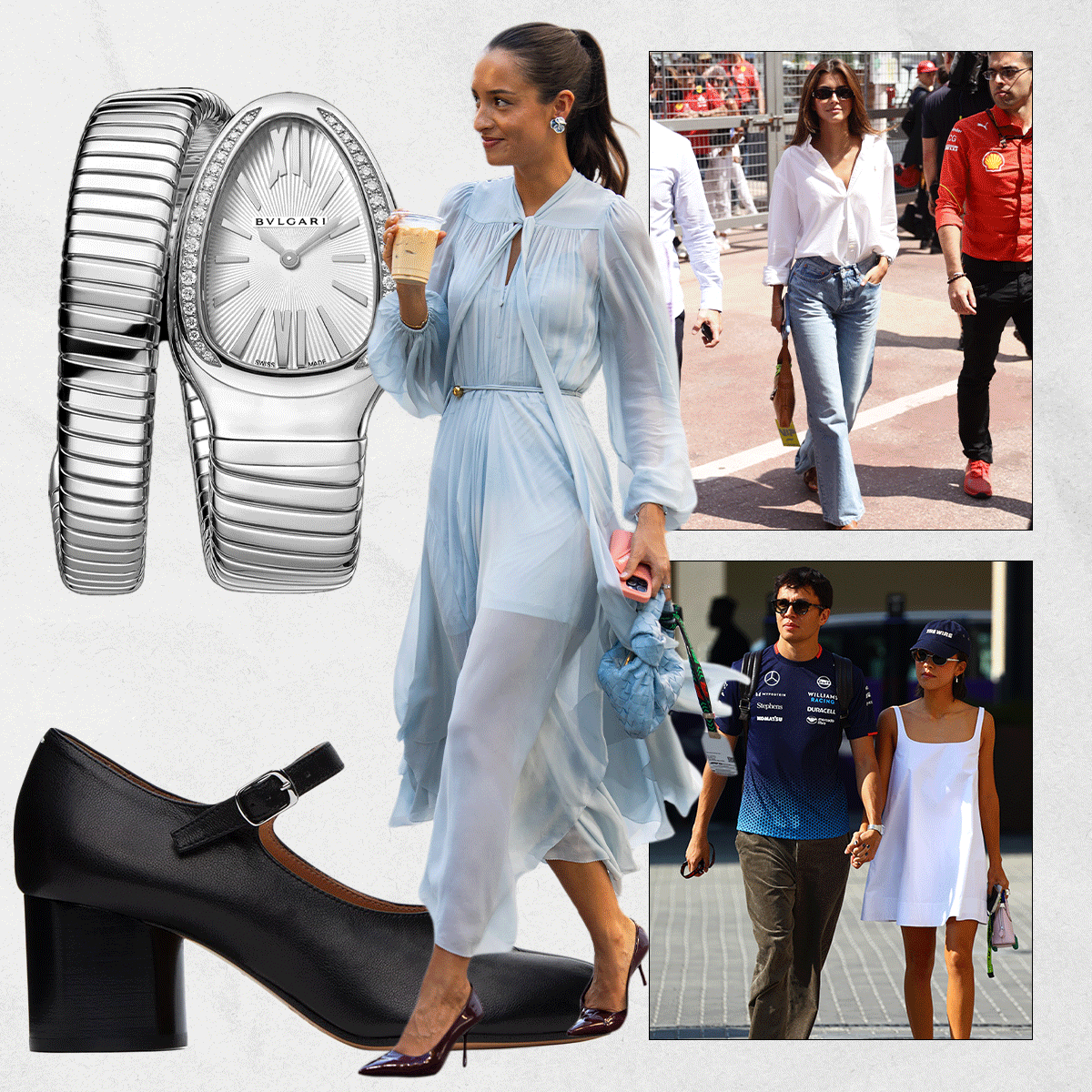 Rhode Phone Cases, Pigeon Bags, and More—10 Trends I Spotted in the F1 Paddock This Season
Rhode Phone Cases, Pigeon Bags, and More—10 Trends I Spotted in the F1 Paddock This SeasonSports and fashion met at the track.
-
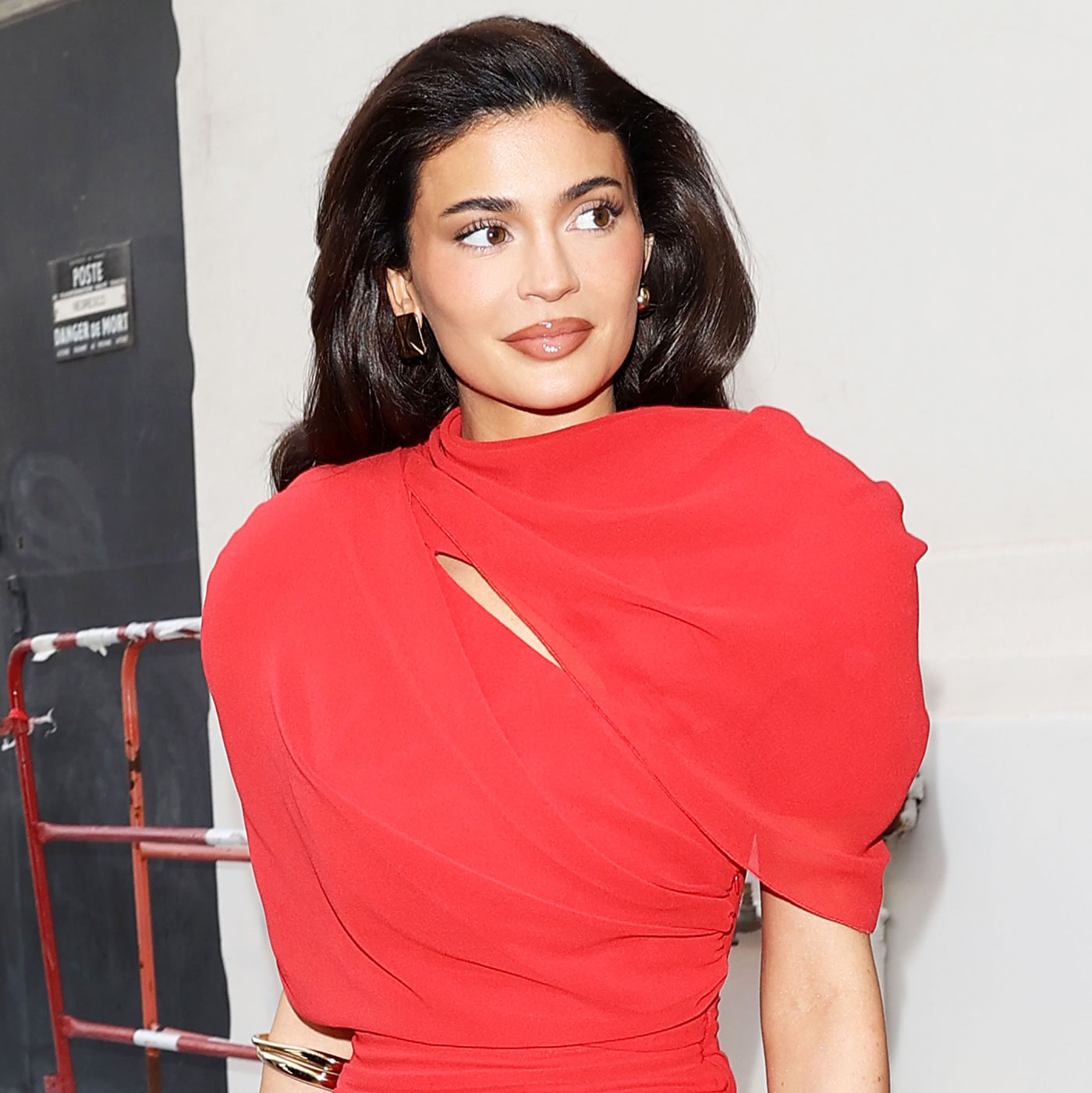 Kylie Jenner Wore the Flat Shoes That'll Immediately Identify You as a Fashion Person
Kylie Jenner Wore the Flat Shoes That'll Immediately Identify You as a Fashion PersonIYKYK.
